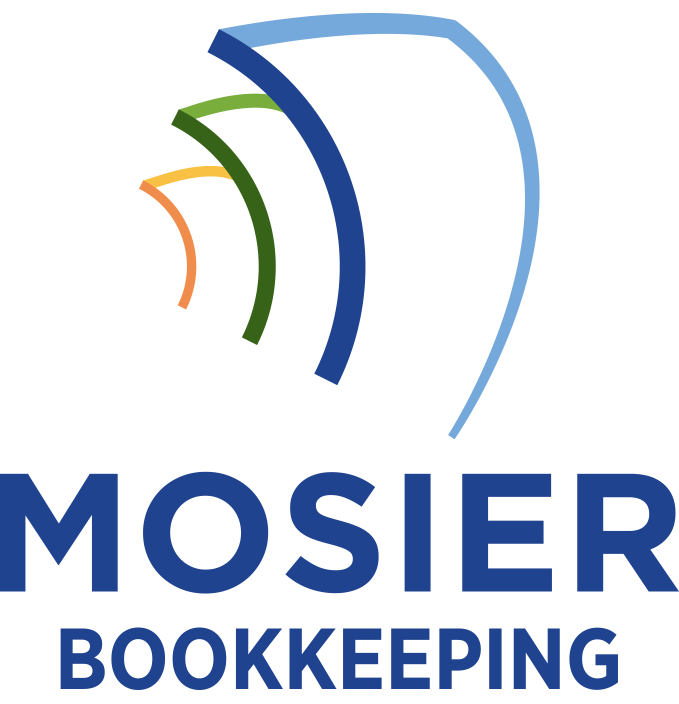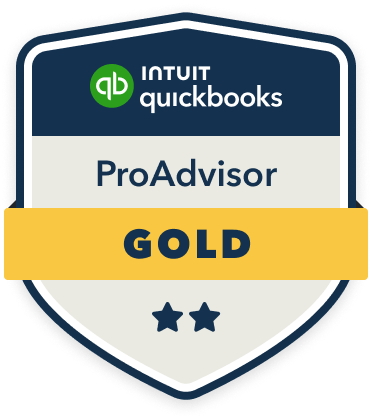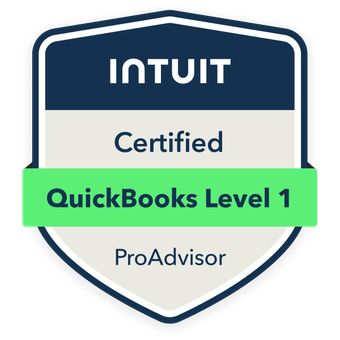Key bookkeeping challenges for non-profits center on managing restricted and unrestricted funds, tracking multiple revenue sources, and maintaining precise tax compliance. I’ve found that implementing robust fund accounting software, establishing clear internal controls, and developing detailed tracking mechanisms are essential solutions. You’ll need to focus on donor accountability through meticulous documentation and specialized reporting procedures. The complexities of non-profit financial management extend far beyond these foundational elements.
Managing Restricted and Unrestricted Funds Effectively

While many non-profit organizations receive both restricted and unrestricted funding, managing these distinct funding streams requires meticulous tracking and separate accounting procedures. I’ll show you how to implement a robust system that designates specific general ledger accounts for each funding type. You’ll need to create detailed tracking mechanisms to monitor spending against donor restrictions and grant requirements.
I recommend using fund accounting software that lets you segregate restricted funds and generate separate financial statements. This approach guarantees you’ll maintain precise control over each funding stream while demonstrating impeccable stewardship to your donors and regulatory bodies.
Tracking Multiple Revenue Sources and Grant Allocations
Beyond managing restricted and unrestricted funds, non-profit organizations must navigate the complexities of tracking diverse revenue streams and grant allocations. I recommend implementing a robust tracking system that captures every dollar’s source and destination.
- Set up separate ledger accounts for each grant to monitor spending against approved budgets
- Create unique coding structures for different revenue types (donations, grants, events, program fees)
- Establish real-time reporting mechanisms to track grant expenditures and remaining balances
- Maintain detailed documentation of indirect cost allocations across multiple funding sources
This systematic approach guarantees compliance, strengthens donor confidence, and positions your organization for sustained growth.
Maintaining Accurate Financial Records for Tax Compliance

Since non-profit organizations maintain tax-exempt status, maintaining precise financial records for tax compliance becomes essential. I’ll show you how to master tax compliance through systematic record-keeping that’ll protect your organization’s status.
| Critical Records | Compliance Requirements |
|---|---|
| Form 990 | Annual filing with IRS |
| Donation Records | Document all contributions |
| Expense Reports | Track program allocations |
| Payroll Data | Monitor compensation limits |
| Asset Records | Report property transactions |
I recommend implementing digital tracking systems that automatically categorize transactions and flag potential compliance issues. You’ll need to establish clear audit trails, maintain supporting documentation, and regularly review financial statements against IRS guidelines. Remember, non-compliance can result in status revocation.
Implementing Internal Controls and Donor Accountability
Strong internal controls and donor accountability systems form the bedrock of trustworthy non-profit financial management. I’ve found that implementing robust controls requires a systematic approach focused on protecting assets and maintaining donor trust.
To establish effective internal controls and donor accountability, I recommend these critical measures:
- Separate financial duties among multiple staff members to prevent fraud
- Create detailed documentation trails for every donation received
- Implement restricted fund tracking systems to honor donor intentions
- Establish regular external audits and reconciliation procedures
These controls will safeguard your organization’s resources while demonstrating professional stewardship to stakeholders.
Navigating Complex Reporting Requirements and Audits

Managing non-profit reporting requirements demands an extensive understanding of various regulatory frameworks, including IRS Form 990, state-specific filings, and grant compliance documentation. I recommend implementing a structured audit preparation system that anticipates annual reporting cycles and maintains real-time documentation. You’ll need to master Schedule A public support tests, functional expense allocations, and detailed asset tracking.
I’ve found that utilizing specialized non-profit accounting software with built-in compliance features strengthens your audit readiness. Focus on developing clear audit trails, maintaining supporting documentation for all transactions, and establishing a year-round compliance monitoring system that aligns with your organization’s reporting obligations.
